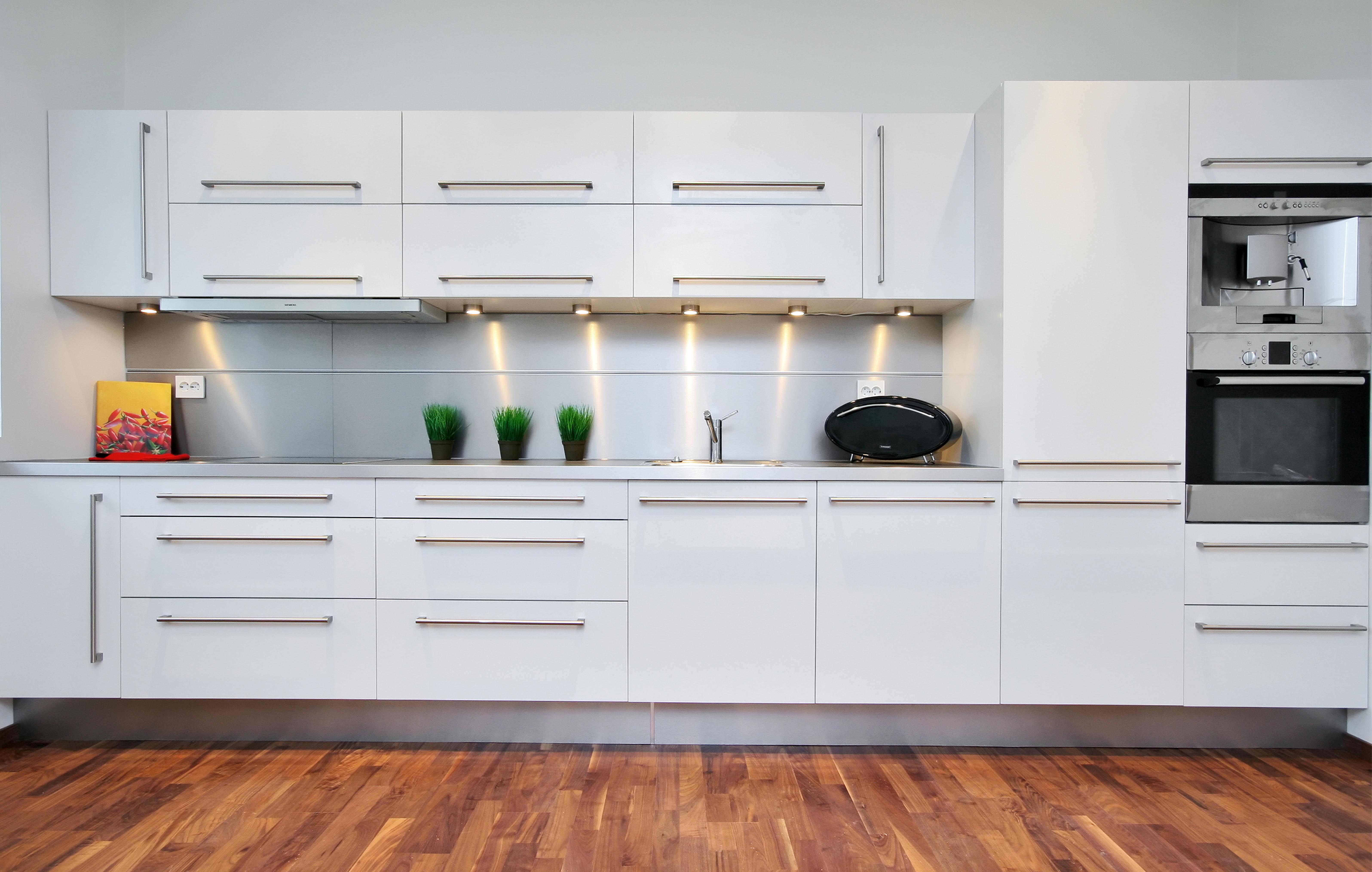In this new post we would like to talk about a test that we discussed on many occasions with our clients. As you can see in the video below we tried to observe what happens when your kitchen cabinets are exposed to a water damage situation like a leak at your sink.
The test is simple and consists of 2 parts. Initially we will drop some water over the face of the boards and observe what happens after a determined amount of hours. Secondly we will put the parts beneath the water and check on them – first after a few hours and then again the second day. The tested parts were: plywood with plastic edge-banding, plywood with wood veneer edge-banding and Melamine with PVC edge-banding.
After only a couple of hours we already checked the parts to see the progress on each one. The water over the surface didn’t manage to perform any kind of damage to the boards. But over the boards that were immersed we detected minor water intrusion to the plywood board.
The second day we came back to take notes over the evolution of the test and we primarily observed that there was no physical clue of the water that was sitting over the face of the boards. The water evaporated and left behind a small mark due to the residues of the water itself, marks that can be cleaned easily. The most interesting results were from the full immersion test. The plywood with veneer edge banding registered minor water penetration. White Melamine Particle Board with PVC edge-banding registered zero water penetration. Nevertheless on the third board we detected a major water intrusion. Our theory on why this occurred with the plywood board, is that the water began to go in on the cross grain and went trough along both sides.
And 24h later, after taking them out from the water, the panels got dried. All of them were showing watermarks over the surface. And even if in general terms the panels didn’t suffer major damages, we still did observe over the plywood boards some small ripples and some marks that indicated expansion.
For a more detailed look to this experiment please watch the video bellow:
